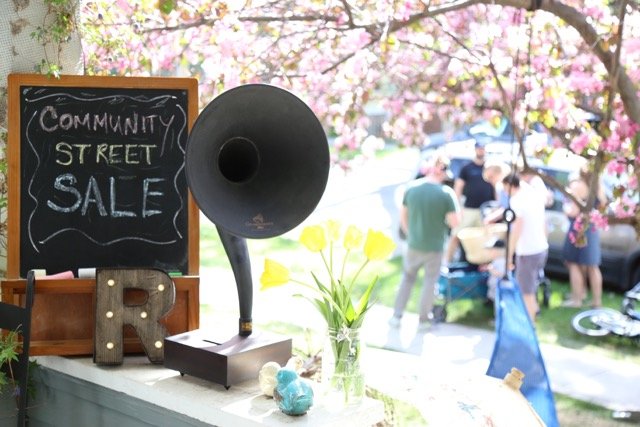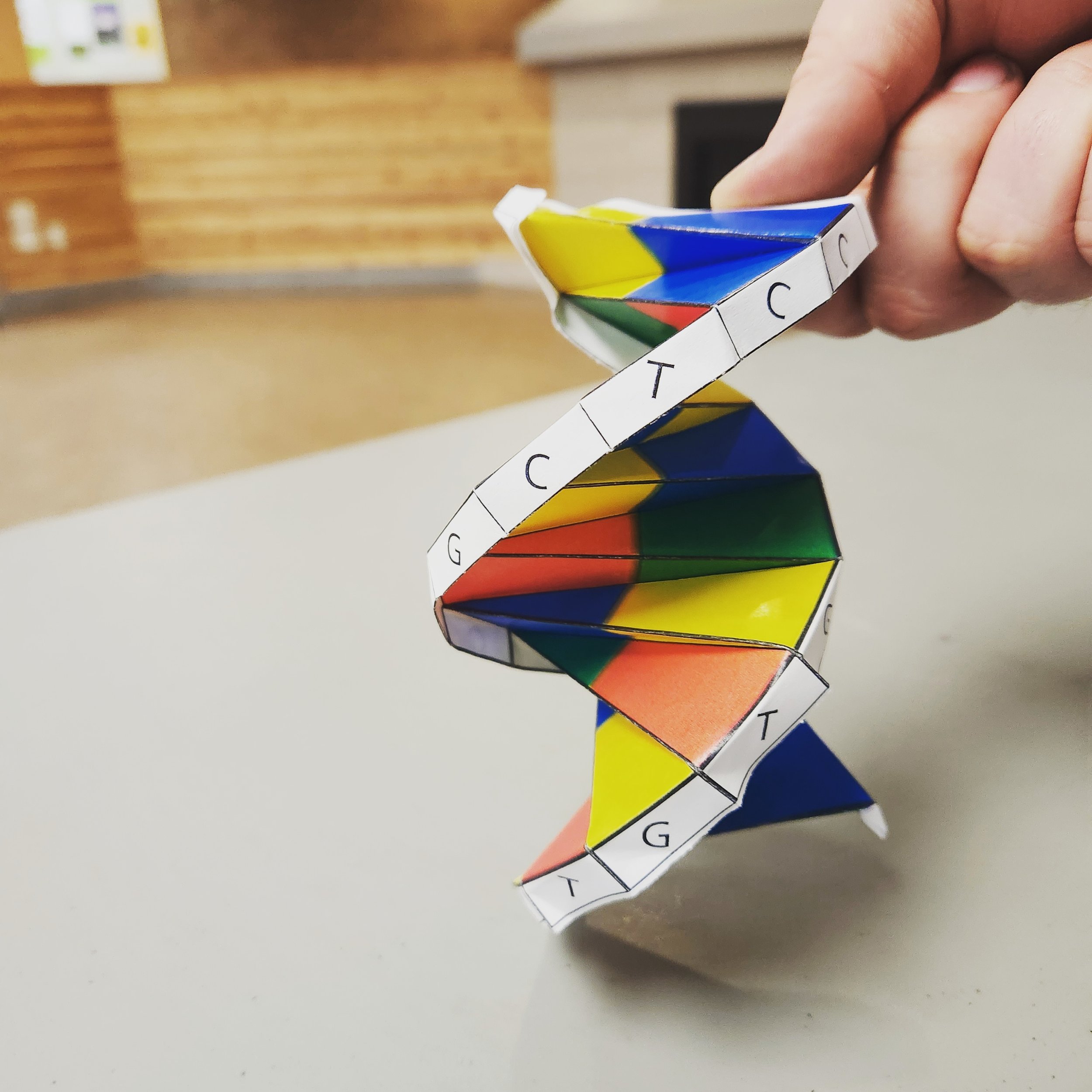This is an excerpt from the Hillhurst Sunnyside Historical Context paper, ‘First Nations, Trails and Crossings’ section (pp. 6-9). The Hillhurst Sunnyside Historical Context Paper was prepared in 2021-2022 by Marilyn Williams and Gillian Sissons to read more about this project, visit HSCA’s Historical Context Paper page.
The First Nations
The first peoples to traverse this area were the Blackfoot peoples, comprising the Siksika (Blackfoot), the Kainai (Blood) and the Piikani (Peigan); the Stoney Nakoda comprising the Bearspaw, Wesley and Chiniki; and the Tsuu T’ina (Sarcee) peoples. The lands were part of their traditional territory for hunting and gathering supplies and food. They followed the migration of the bison. The bison were central to their way of life and essential for their survival. The Bow River, like other Canadian plains rivers, was too shallow to be reliably used as transport, but was important for navigation, its life-giving waters, and sustaining the plants and game that the First Nations peoples would use for medicines and food. The sheltered river valley was also an ideal location for winter camps.
Prior to 1880 Sunnyside was the site of indigenous encampments, and residents have uncovered artefacts have that date to pre-contact times. A long-time resident, Harold Pemberton, recalled the hill below SAIT where local children played being covered with sun-bleached bison skulls and bones, and believed the area to be an indigenous killsite10. He also remembered these remains being gathered by the ‘government’ after the outbreak of the First World War.
Pre-contact trails
Today’s 10th Street corridor was part of a trail first used by indigenous peoples as a route to the Rocky Mountains through the Bow Valley11. It later became the Morleyville Trail, the route from Calgary to Morleyville, where a Methodist mission was established in 1873 by missionaries George McDougall12 and his son John. When Hillhurst was subdivided in 1904, the section of the trail in Hillhurst was renamed Morleyville Road.
The road ran between the two sloughs. By By at least 1911 the name had changed to 10th Street, although the original name remained in common use, and by 1915 13 the earth road was paved.
Another trail used in pre-contact times ran diagonally across the communities towards the northeast, skirting the north edge of the sloughs, to the Sunnyside bluffs14. When the communities were subdivided in the early 20th Century, the trail took the name Gladstone Avenue (later Gladstone Road) in Hillhurst, and became 4th Avenue east of Morleyville Road in Sunnyside.
In 1907 15 the Morleyville Road Baptist Church (later Hillhurst Baptist Church) was erected at the intersection of the two historic trails for Baptist residents and homesteaders in the surrounding area.
10 Tanko (1978).
11 Peach (1986)
12 Alberta Register of Historic Places, Morleyville Methodist Mission
13 Smith (1977).
14 Tanko (1978).
15 McTaggert (1957).











































